News navigation
Recommended news
- How to embody the barrier performance of PE plastic bottle
- How to demonstrate the barrier performance of PP cream jar
- Introduction of product uses by Jiangsu, Zhejiang and Shanghai PE bottle manufacturers
- Application of daily chemical plastic bottles produced by Jiangsu, Zhejiang and Shanghai manufacture
- [2025-03-31]
How to embody the barrier performance of PE plastic bottle
PE plastic bottle is polyethylene plastic bottle. Its barrier performance is mainly reflected in the barrier ability to gas, water vapor and some solutes. The following is a detailed introduction: 1. gas barrier Principle: the molecular structure of PE plastic bottle is relatively compact and has a certain degree of crystallinity. The presence of crystalline regions makes it difficult for
- [2025-03-24]
How to demonstrate the barrier performance of PP cream jar
The barrier performance of PP cream cans is mainly reflected in their ability to block substances such as oxygen, water vapor, and light, as follows: 1. Oxygen barrier Stable molecular structure: PP has a tight molecular structure and high crystallinity, making it difficult for gas molecules to penetrate its molecular gaps. When oxygen molecules attempt to pass through the PP tank wall, t
- [2025-03-22]
Introduction of product uses by Jiangsu, Zhejiang and Shanghai PE bottle manufacturers
PE bottles are polyethylene plastic bottles, which can be divided into low-density polyethylene (LDPE) bottles, high-density polyethylene (HDPE) bottles and linear low-density polyethylene (LLDPE) bottles according to their density. They have a wide range of specific uses in many fields: 1. daily chemical industry Package of skin care products: such as lotion, face cream, hand cream, etc.,
- [2025-03-22]
Application of daily chemical plastic bottles produced by Jiangsu, Zhejiang and Shanghai manufacture
Although daily chemical plastic bottles are mainly used for packaging daily chemical products, they also have some applications in the field of medical packaging, as follows: 1. packaging of topical drugs: some topical ointments, potions, etc., such as calamine lotion commonly used in dermatology, safflower oil for treating traumatic injuries, etc., will be packaged in plastic bottles. The plasti
- [2025-03-18]
Jiangsu, Zhejiang and Shanghai daily chemical plastic bottle manufacturers support product customiza
Daily chemical plastic bottle refers to the plastic container used for packaging daily chemical products. The following is a detailed introduction from the aspects of its material, characteristics, application, design and manufacture: 1. common materials Pet (polyethylene terephthalate): with the advantages of high transparency, light weight, impact resistance and good gas barrier, it can
- [2025-03-10]
Why are PCR regenerated materials used in logistics packaging
PCR (Post Consumer Recycled) recycled materials will be used in logistics packaging, mainly based on considerations of environmental protection, cost, performance, and other aspects, as follows: 1. Environmental factors Reduce waste: The use of PCR recycled materials can reuse plastic and other waste after consumption, reduce the amount of landfill and incineration, lower environmental pre
- [2025-03-04]
Why is the production efficiency of PE plastic bottles so high
The high production efficiency of PE plastic bottles is mainly due to the good characteristics of raw materials, advanced and mature production processes, high degree of equipment automation, and relatively simple product design. The following is a specific introduction: 1. Characteristics of raw materials Good processing performance: PE (polyethylene) plastic has good fluidity and formabi
- [2025-02-25]
Why is it said that the chemical properties of PP cream cans are stable
The chemical stability of PP (polypropylene) cream can is mainly determined by its internal factors such as molecular structure, crystallinity, chemical bond energy, as well as external characteristics such as chemical corrosion resistance, oxidation resistance, and weather resistance. The specific analysis is as follows: 1. Stable molecular structure: PP molecule is a polymer chain formed by the
- [2025-02-18]
Why do face cream cans use PET plastic bottles
The use of PET (polyethylene terephthalate) plastic bottles for face cream cans is mainly due to the following reasons: 1. Good physical properties: PET plastic bottle has high strength and rigidity, can withstand certain pressure and collision, is not easy to deform or crack, and can effectively protect face cream from damage during transportation and storage. At the same time, it also has good
- [2025-02-10]
Why is PCR regenerated material used in the manufacturing of insulation boards
The main reasons for using PCR regenerated materials in the manufacturing of insulation boards are as follows: 1. The significance of environmental protection is significant Reduce plastic waste: PCR recycled materials come from post consumer plastic waste, such as plastic bottles, plastic films, etc. Using it for insulation board manufacturing can effectively reduce the amount of landfill

- CHANGSHU SHINE PLASTIC INDUSTRY CO.,LTD Phone:0512-52557888 Mailbox:shenshisuye@163.com Company address:No. 20 Guangyuan Road, South Development Zone, Zhitang Town, Changshu City, Jiangsu Province
-
 Scan your phone
Scan your phone

 wechat number:
wechat number:
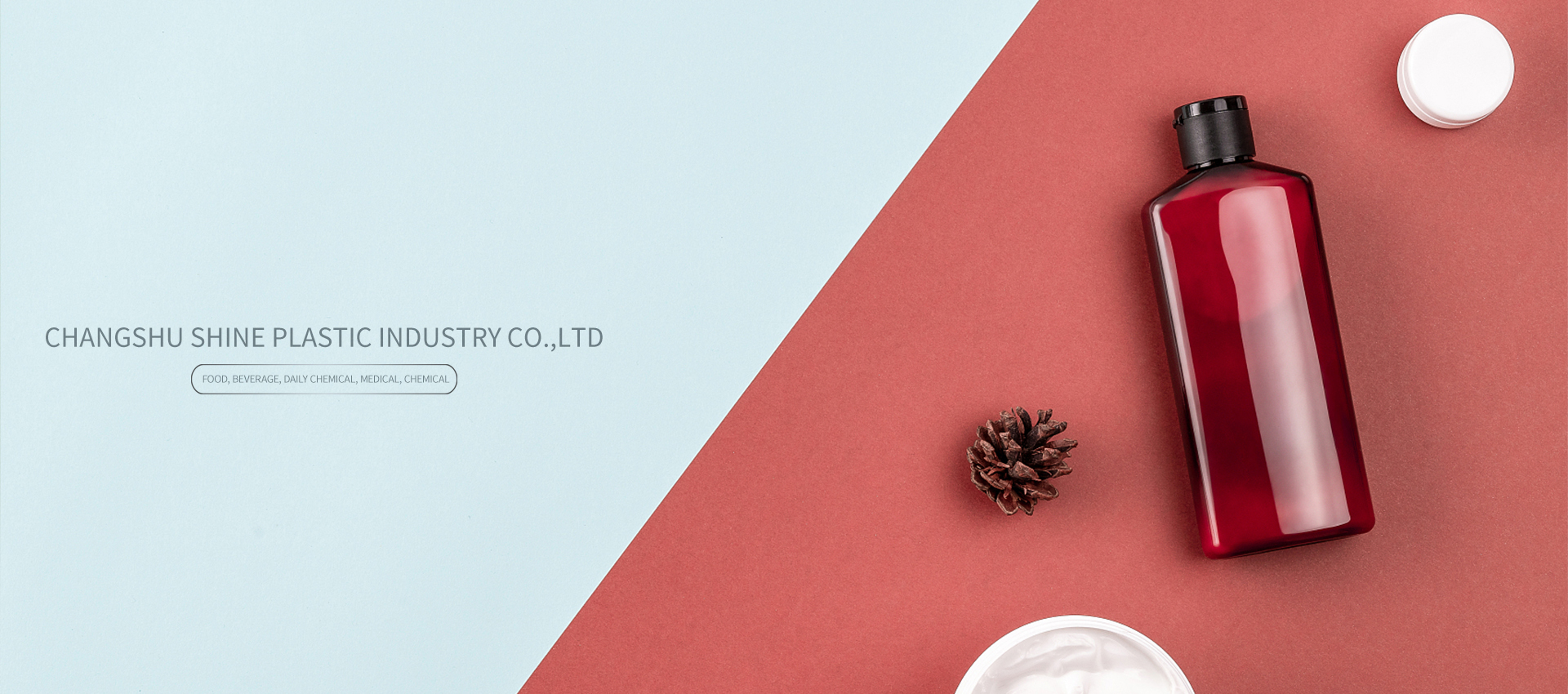
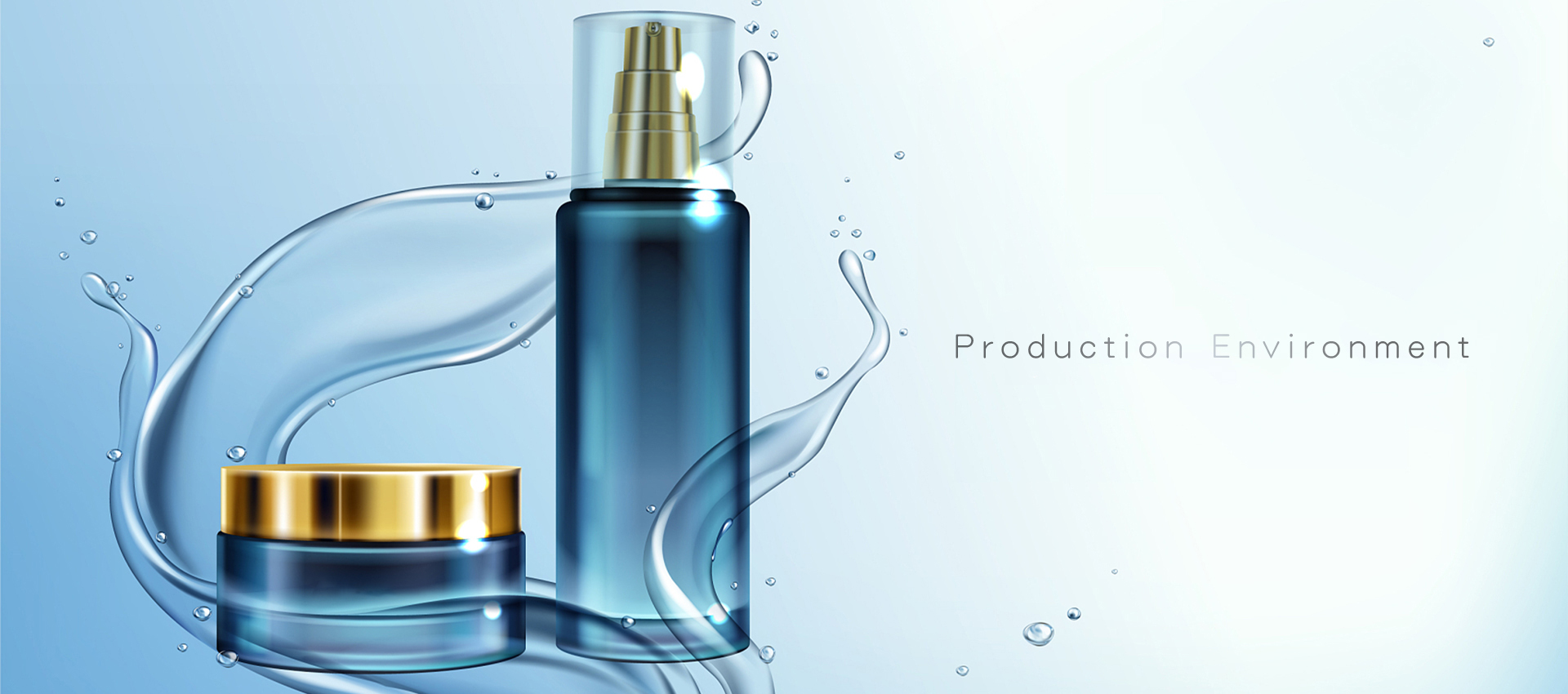
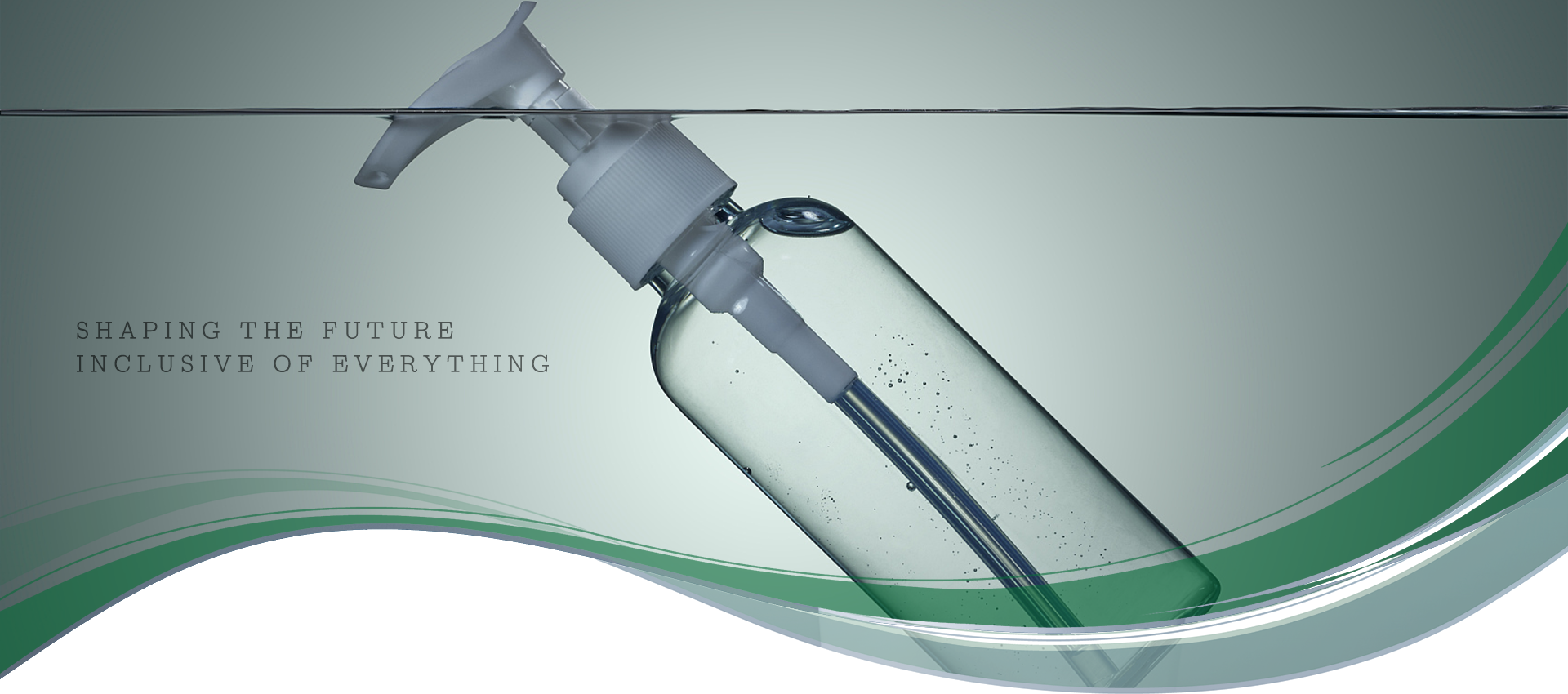

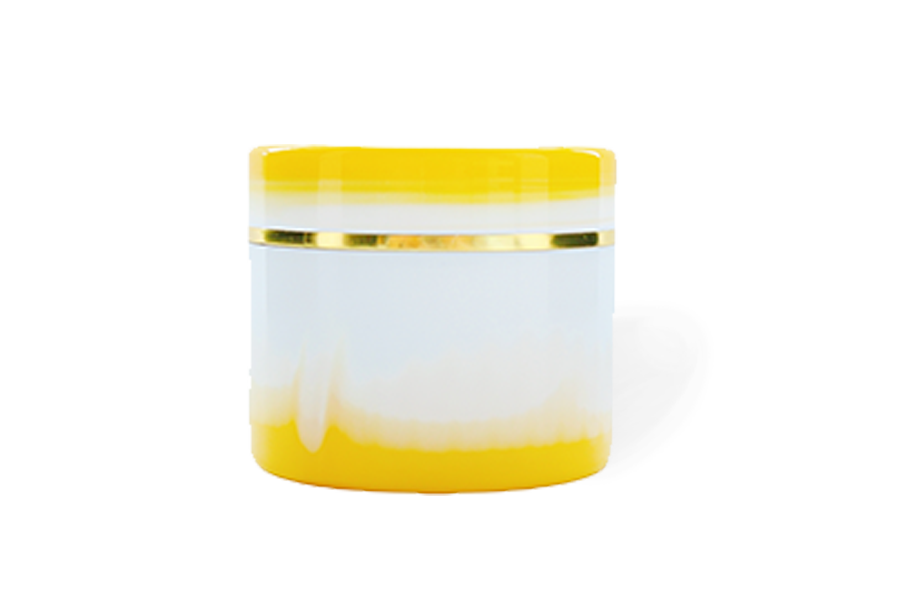
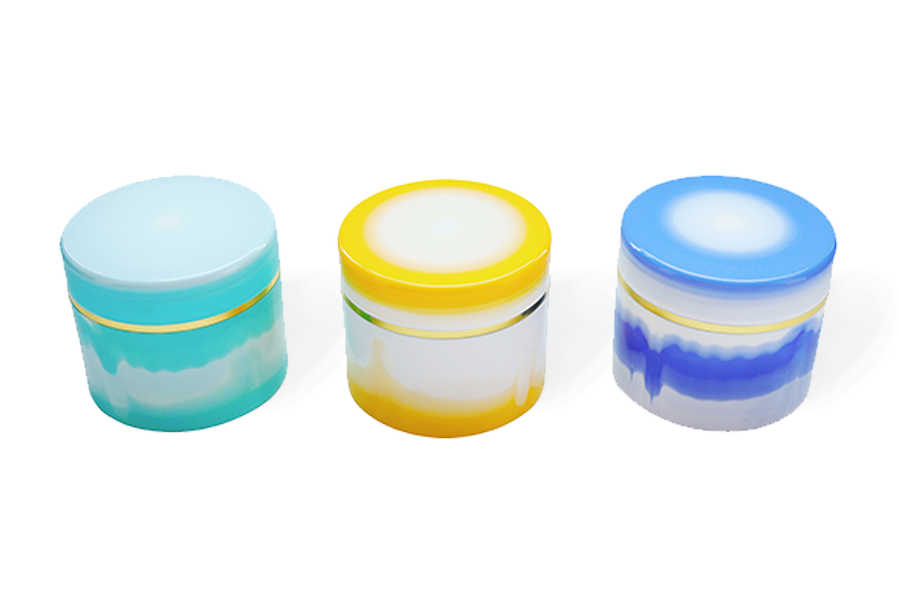
 home
home
 WeChat
WeChat
 telephone
telephone